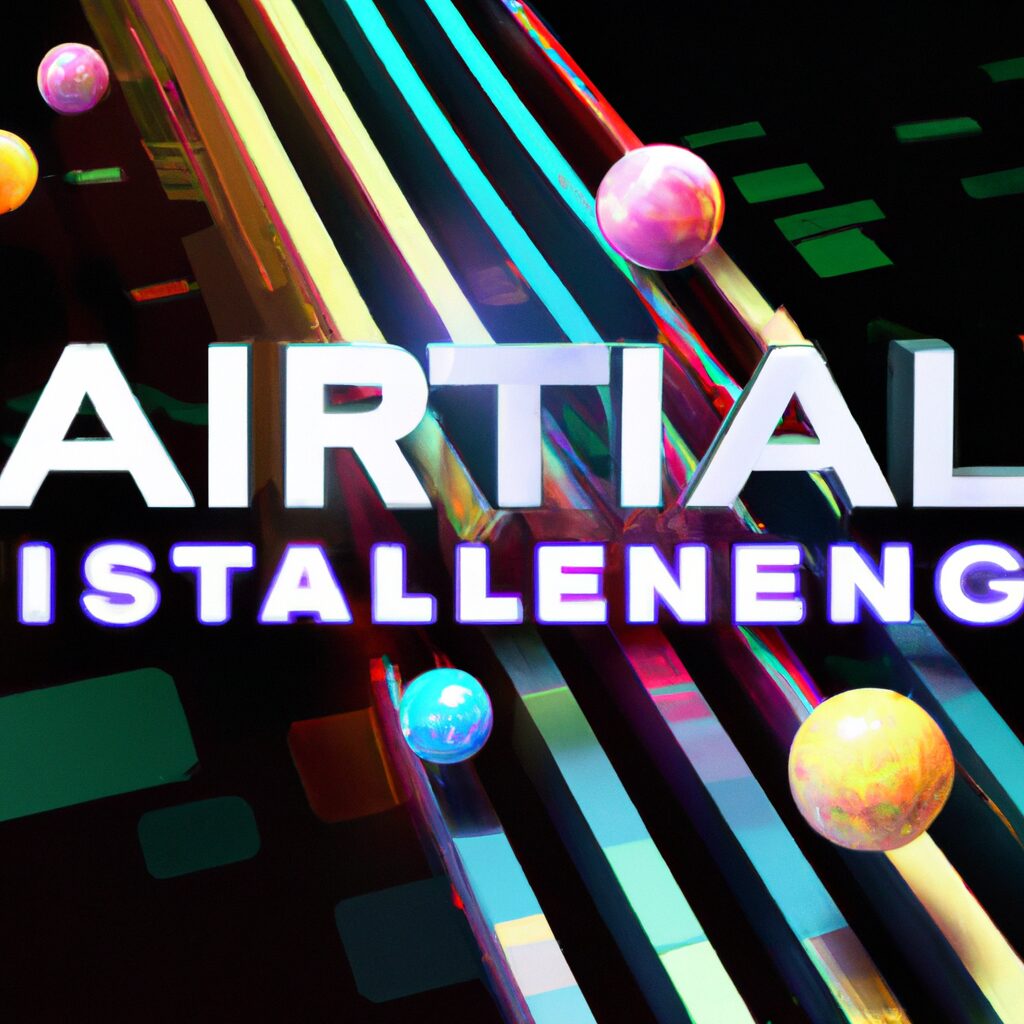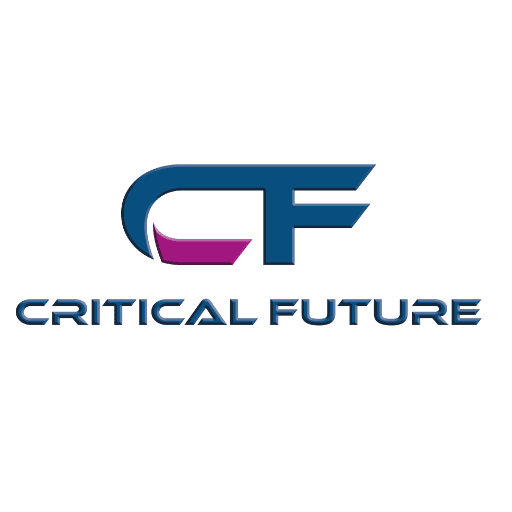AI Redefines Creative Industries: Breakthroughs in Generative Art and Design in 2025
- March 2, 2025
- Posted by: Mai - CF Brand Ambassador
- Category: Daily Case Studies
AI Redefines Creative Industries: Breakthroughs in Generative Art and Design in 2025
Imagine a future where every piece of art, every design, and even the music you listen to is influenced or created by artificial intelligence. In 2025, this isn’t a distant dream but a vivid reality, as AI reshapes the creative economies across the globe. Art galleries, digital studios, and music production houses are increasingly turning to AI not just for assistance but for groundbreaking creative partnerships.
The Surge of AI in Creative Fields
The explosive growth of AI in creative sectors owes much to the significant advancements in machine learning and neural networks, particularly generative adversarial networks (GANs). These AI systems have evolved to not only understand but also predict aesthetic outcomes, enabling them to create complex, appealing, and emotionally engaging art forms. Enhanced computational powers and the integration of extensive artistic databases have allowed AI to venture into territories once deemed exclusively human.
Groundbreaking AI Events of 2025
A landmark event characterizing this trend occurred in 2025 when an AI-created painting sold at an international auction for a record-breaking sum, signaling a paradigm shift in art valuation and appreciation. This piece, generated by an AI trained on thousands of historical artworks and contemporary designs, was lauded not only for its aesthetic appeal but also for its conceptual depth, challenging long-standing perceptions about creativity and machine involvement.
Another significant breakthrough in 2025 involved the use of AI in film production. A major Hollywood studio employed an AI system to script and direct a short film, which premiered at a leading film festival and won an award for innovative storytelling. The AI system utilized deep learning algorithms to analyze successful film scripts, directing styles, and audience preferences to create a film that was both a critical and commercial success.
Impact on Industries and Challenges Ahead
The integration of AI into creative industries is expanding the horizons of artistic expression and efficiency but also raises critical questions and challenges. Economically, AI-driven creativity is opening new markets and opportunities for monetization, particularly in digital and virtual spaces. Businesses are leveraging AI to create unique brand identities and digital content at unprecedented speed and scale.
However, the rise of AI in creative domains also brings about concerns regarding intellectual property rights, the authenticity of artistic expression, and the economic impact on traditional artists and designers. Ethical discussions are intensifying around the authorship of AI-created content and the potential for AI to replicate and disseminate existing cultural expressions without proper attribution or compensation.
Experts emphasize the need for clear guidelines and regulations to address these issues. They advocate for a balanced approach that fosters innovation while protecting the rights and livelihoods of human artists.
Looking Forward: The Future of AI in the Arts
The debate is ongoing about how far AI should go in creative fields. While some fear the loss of human essence in art, others see AI as a tool that can unlock new forms of creativity and cultural expression. The future might see AI becoming a collaborative partner, enhancing human creativity rather than replacing it.
As we advance, the question remains: Will AI continue to complement human creativity, or will it redefine the essence of artistry itself?

